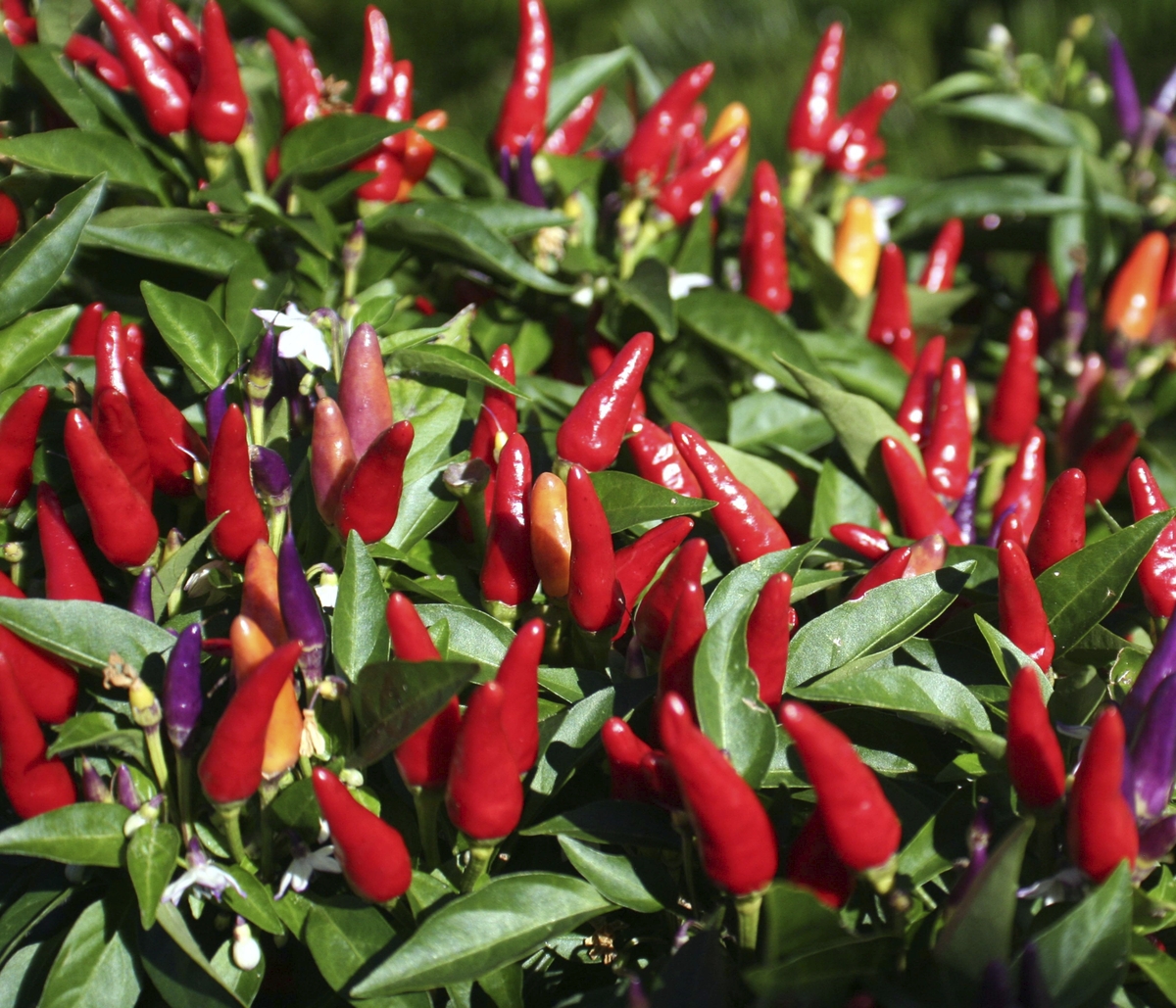Growing Peppers Indoors – Guidelines & Tips
Growing peppers indoors is a great way to add some delicious flavors to your meals all year round. Peppers come in a variety of colors, shapes and sizes, and can spruce up salads, sandwiches and other dishes, and make a great snack right off the plant. With a few basic guidelines and tips for cultivating peppers indoors, you can have a flourishing pepper garden year-round!
Gathering the Right Supplies for Growing Peppers Indoors
The first step to successful pepper cultivation indoors is to gather the right supplies for the job. You’ll need a number of items to successfully cultivate your pepper plants, including:
- Containers for the plants – choose containers that are at least 8 inches deep, with plenty of drainage holes to prevent the soil from becoming too soggy.
- Good quality soil – choose a soil that is nutrient-rich and designed for growing peppers.
- Organic fertilizer – this will help to ensure that your plants have the nutrients they need to flourish.
- A light source – peppers need plenty of light and warmth to thrive, so choose a lamp or other light source that will provide the necessary amount of illumination.
- A watering can – you’ll need this to ensure that your plants get enough water, but don’t drown.
Choosing the Right Variety for Growing Peppers Indoors
Once you’ve gathered the supplies you need, it’s time to choose the right variety of pepper to grow indoors. Different varieties of peppers will require different levels of light and warmth, so make sure to consult a gardening guide or resource to determine which variety is best suited for your climate and light conditions. Ideally, you should choose a variety that matures quickly, as this will give you the most successful harvest in the shortest amount of time.
Planting the Peppers
When you’ve chosen the right variety of pepper for your growing conditions, you’re ready to plant them. Fill the containers with nutrient-rich soil and place the seeds about 3/4 to 1 inch deep in the soil. Make sure to keep the soil moist, but not soggy. If your soil is too wet, your seedlings may rot before they even have the chance to grow!
Nurturing the Pepper Plants
Once your pepper plants have sprouted, it’s time to nurture them. Make sure to water your plants regularly so that the soil remains moist but not wet. Your plants will also need plenty of light to stay healthy, so position a light source close to the plants to provide the necessary amount of illumination. A south-facing window is ideal, but if natural light isn’t available, you may need to invest in an artificial light source. Make sure to rotate your plants every few days to ensure that all sides receive an even amount of light.
Fertilize your pepper plants every other week to ensure they receive the necessary nutrients for healthy growth and support the production of the peppers. Additionally, pinch off any flowers that appear on the plants so they can focus their energy on creating more peppers rather than spending energy on pollination.
Harvesting the Peppers
Once your peppers have grown to their desired size and color, you’re ready to harvest them. Make sure to handle the peppers carefully: the stems are fragile and may break off easily, so avoid tugging or pulling on the peppers when harvesting. You can store the peppers in the refrigerator for up to a week, or freeze them for a longer-term storage solution. Enjoy your peppers in salads, sandwiches, and other dishes – or simply enjoy them as a snack right off the plant!
With a few simply guidelines and tips, you can easily cultivate delicious peppers indoors year-round. All you need is the right supplies, the right variety of pepper for your environment, and a little bit of care and attention, and you’ll soon be enjoying a flourishing pepper garden!



